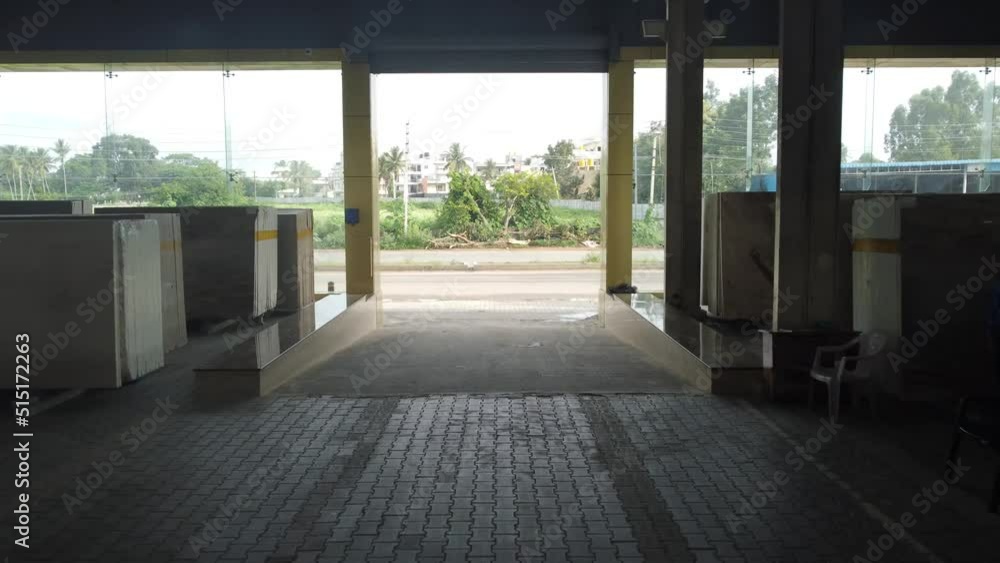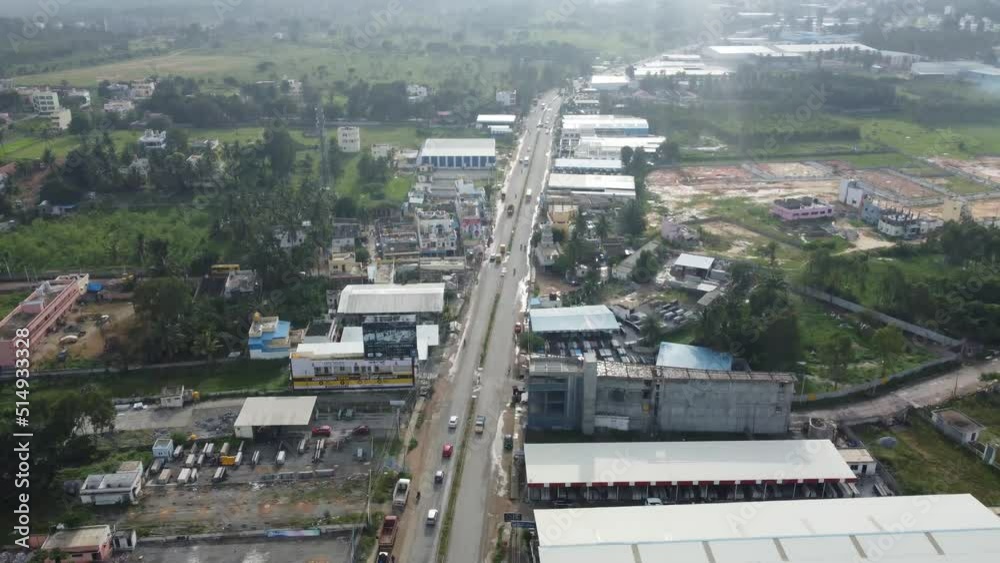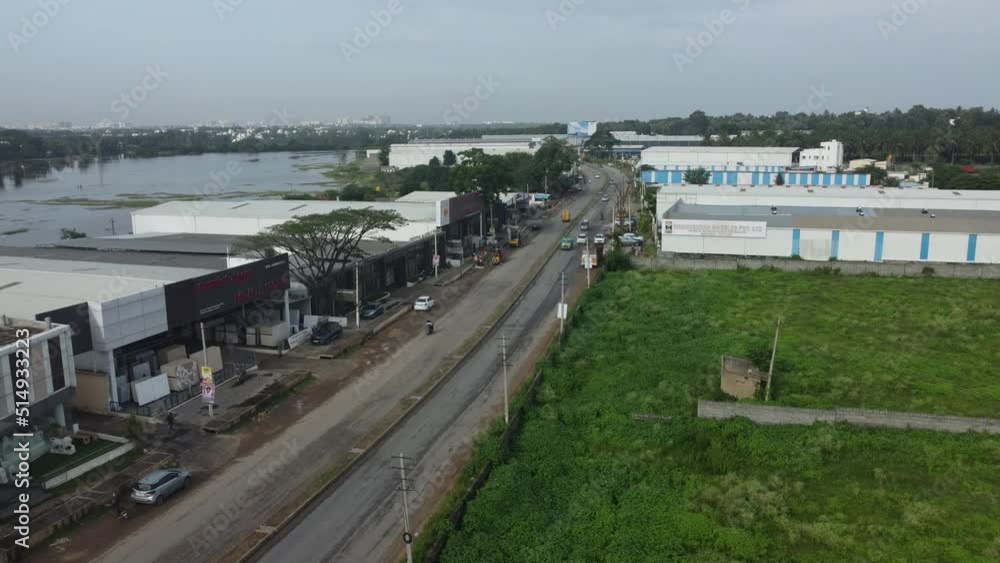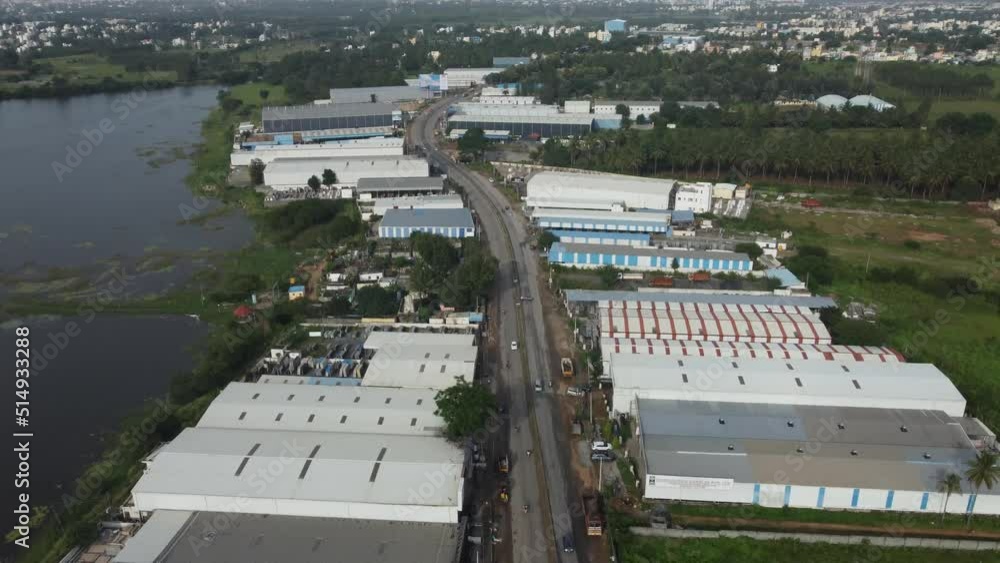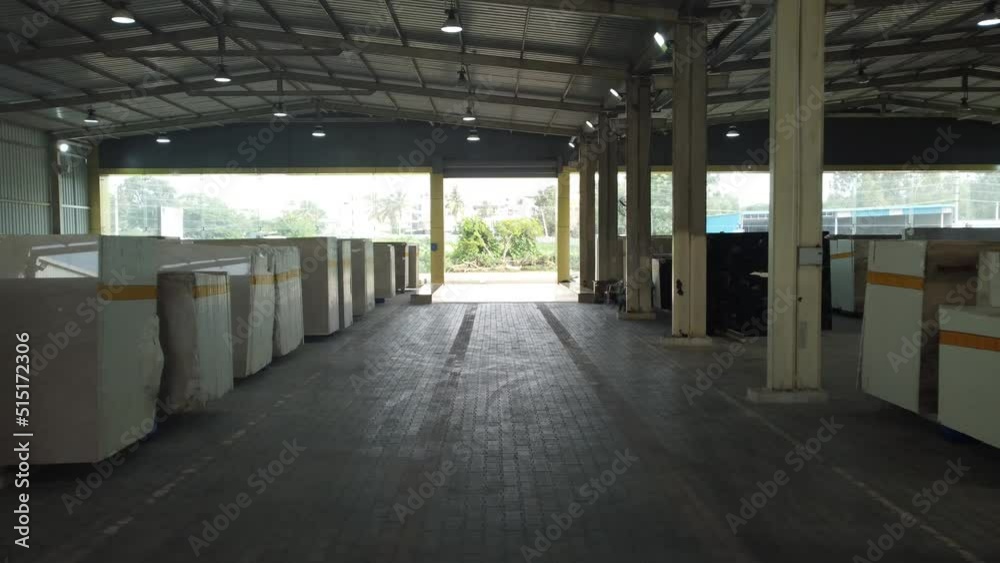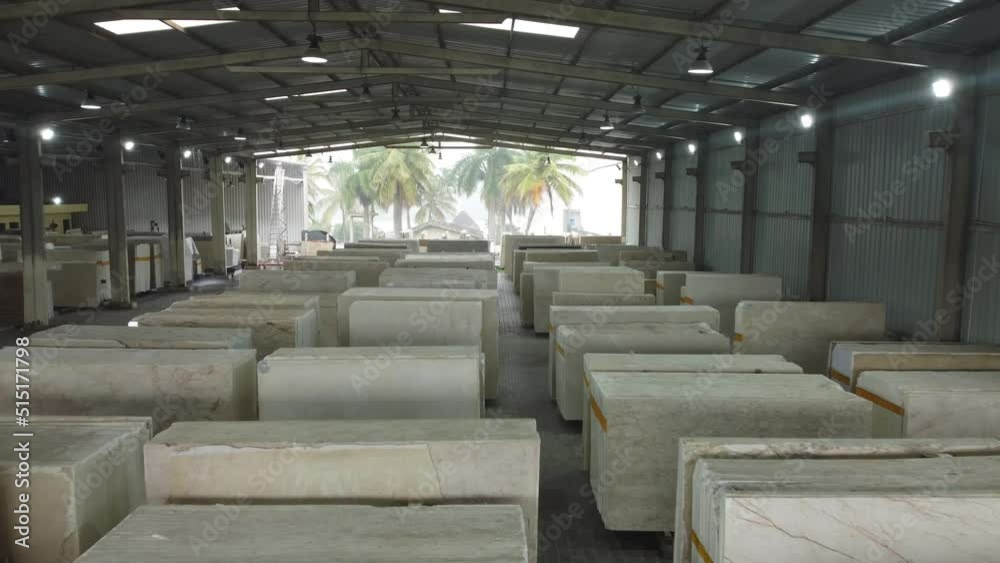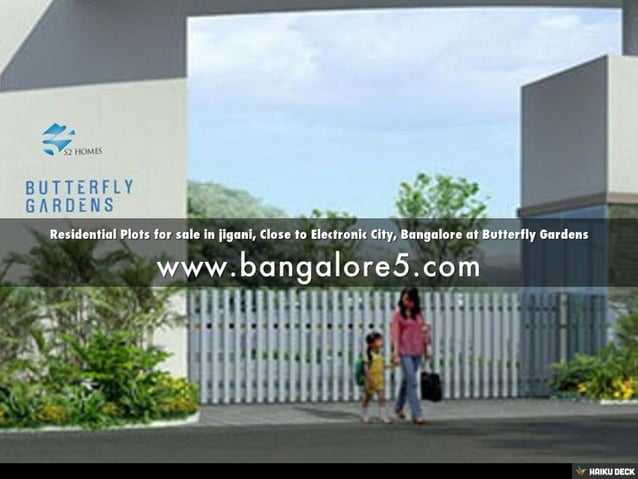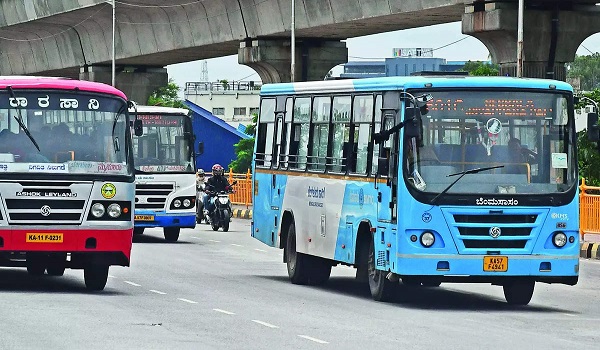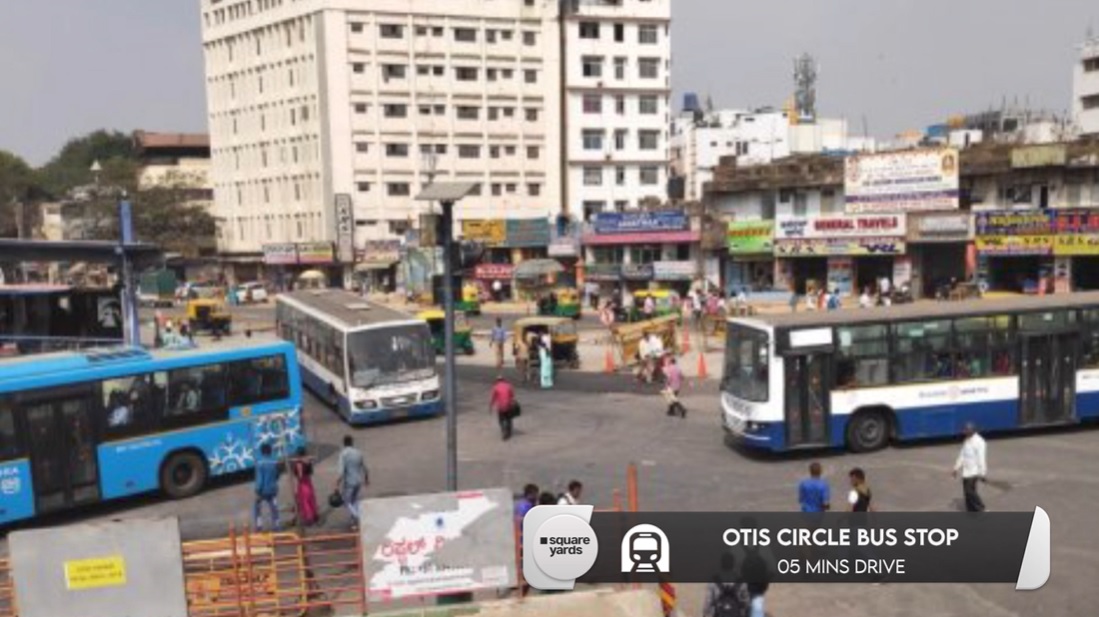Jigani Bangalore To Electronic City
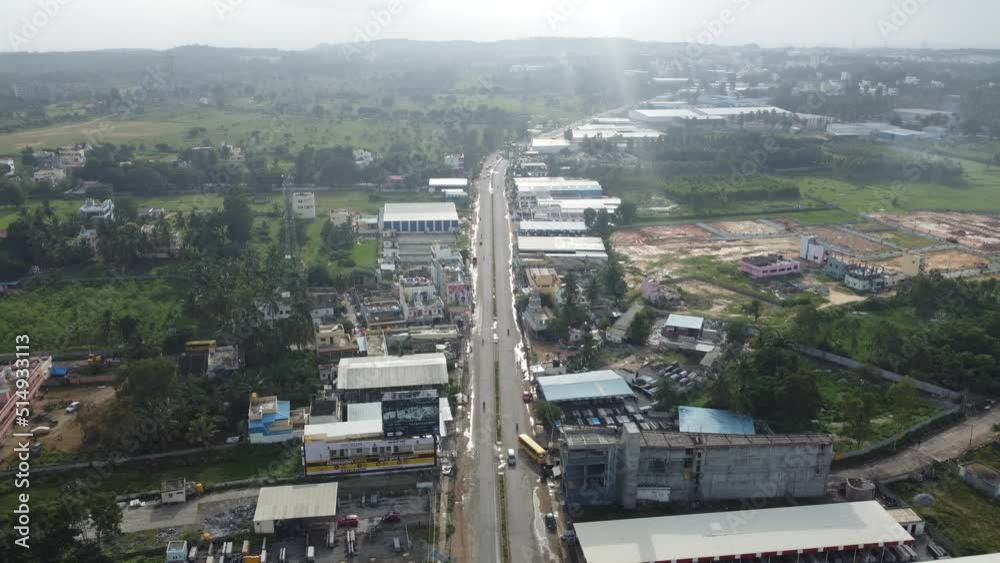
The commute between Jigani, an industrial hub on Bangalore's southern periphery, and Electronic City, the city's IT nerve center, has long been a pain point for thousands of workers and residents. What was once a manageable drive has morphed into a daily ordeal, plagued by ever-increasing traffic congestion, inadequate infrastructure, and a growing sense of frustration. The situation demands urgent attention and strategic interventions to alleviate the mounting pressure on this vital corridor.
The core of the issue lies in the inadequate infrastructure failing to keep pace with the rapid development of both Jigani and Electronic City. This article examines the current state of the Jigani-Electronic City commute, the factors contributing to the congestion, and the proposed solutions aimed at improving connectivity and reducing travel time. We'll explore the perspectives of commuters, local authorities, and urban planning experts, providing a comprehensive overview of this pressing urban challenge.
The Commuter's Daily Struggle
For many, the journey between Jigani and Electronic City is a frustrating and time-consuming experience. What should ideally be a 30-45 minute drive often stretches into an hour and a half, or even longer during peak hours. The consequences extend beyond mere inconvenience, impacting productivity, personal well-being, and the overall quality of life.
“The traffic is simply unbearable,” says Ramesh Kumar, a software engineer who commutes daily from Jigani to Electronic City. “I spend more time stuck in traffic than I do with my family. It's exhausting and demoralizing." His sentiment is echoed by countless others who rely on this route.
Contributing Factors
Several factors contribute to the persistent traffic woes on the Jigani-Electronic City stretch. Increased vehicular density is a primary driver, fueled by the exponential growth of industries and residential areas in both locations. This rapid expansion has outpaced the development of supporting infrastructure.
Inadequate road infrastructure also plays a significant role. The existing roads are simply not designed to handle the current volume of traffic. Bottlenecks, poorly maintained roads, and a lack of proper traffic management systems exacerbate the problem.
The absence of reliable public transportation options further compounds the issue. Many commuters are forced to rely on private vehicles due to the limited availability and frequency of buses and other public transport modes.
Proposed Solutions and Infrastructure Projects
Recognizing the severity of the problem, various solutions and infrastructure projects have been proposed and are in different stages of implementation. These initiatives aim to improve connectivity, reduce congestion, and enhance the overall commuting experience.
One key proposal is the expansion and upgrade of existing roads. This includes widening roads, constructing flyovers, and improving traffic signaling systems. These upgrades are designed to increase road capacity and ease traffic flow.
The development of a dedicated bus rapid transit (BRT) system is another potential solution. A BRT system would provide a faster and more efficient public transportation alternative, encouraging commuters to shift away from private vehicles.
"We are committed to improving infrastructure and connectivity between Jigani and Electronic City," states B.M. Shivakumar, a senior official at the Bangalore Metropolitan Region Development Authority (BMRDA). "Several projects are underway to address the traffic congestion and enhance the commuting experience."
The Namma Metro Extension
Perhaps the most anticipated solution is the extension of the Namma Metro to Electronic City. This project promises to revolutionize commuting between Jigani and Electronic City by providing a fast, reliable, and eco-friendly transportation option.
The metro extension is expected to significantly reduce traffic congestion on the roads. It offers a viable alternative to private vehicles and buses. The project is currently underway, but completion timelines remain a concern.
Challenges and Concerns
Despite the proposed solutions, several challenges and concerns remain. Land acquisition for road expansion projects can be a lengthy and contentious process. This can delay project timelines and increase costs.
Funding constraints also pose a challenge. Infrastructure projects require significant investment, and securing adequate funding can be difficult. Effective coordination between various government agencies is crucial to ensure the successful implementation of these projects.
The environmental impact of construction activities is another concern. Mitigating the environmental consequences of infrastructure development is essential to ensure sustainability.
Looking Ahead
Addressing the traffic congestion between Jigani and Electronic City requires a multi-faceted approach. This involves a combination of infrastructure development, improved public transportation, and effective traffic management.
Investing in sustainable transportation solutions, such as the metro extension and the BRT system, is crucial for long-term success. Encouraging the use of public transportation and promoting carpooling can also help alleviate traffic congestion.
Ultimately, improving the Jigani-Electronic City commute is vital for supporting economic growth, enhancing quality of life, and creating a more sustainable urban environment. The focus should be on smart, integrated solutions that address the root causes of the problem and provide lasting benefits for commuters and the community as a whole.
